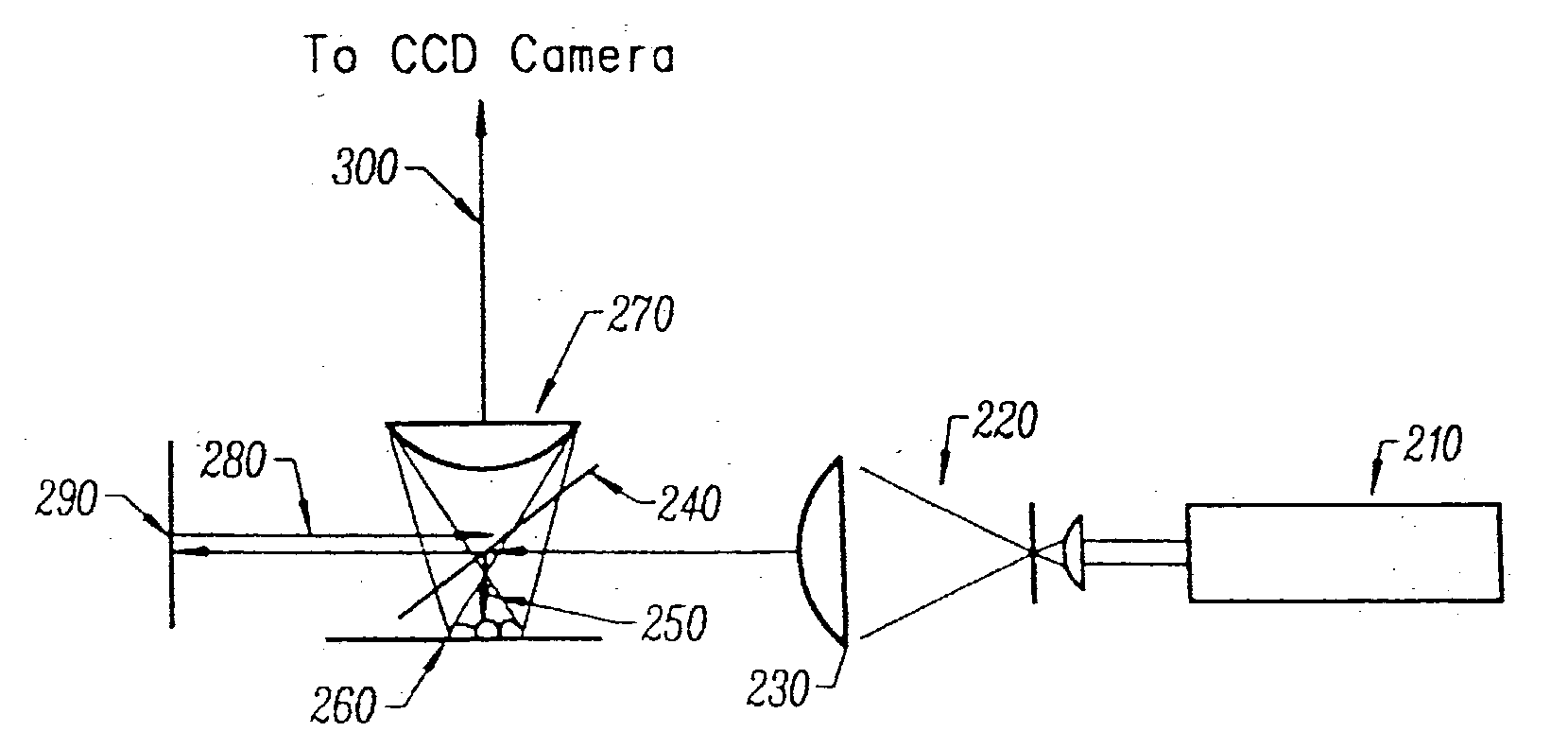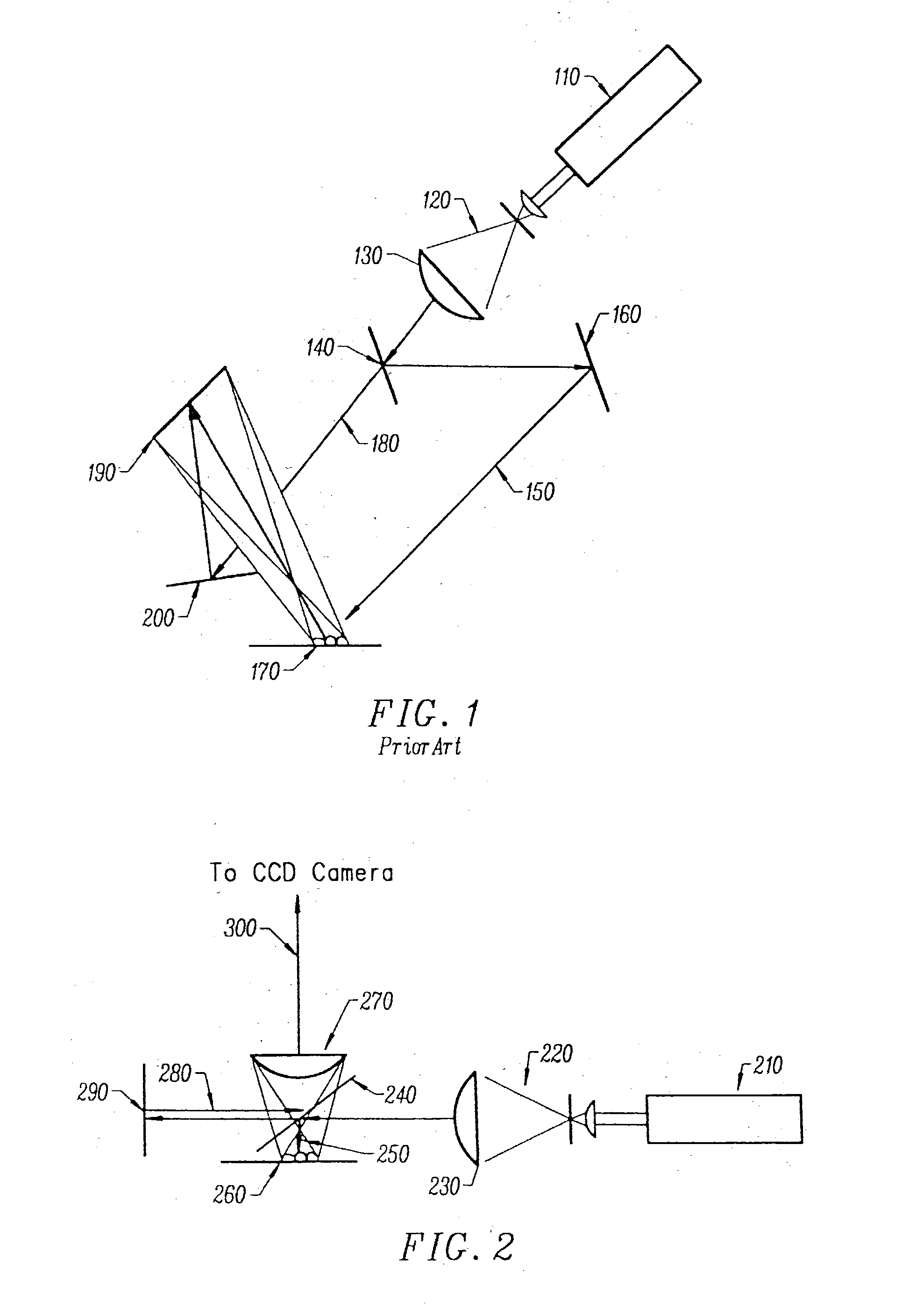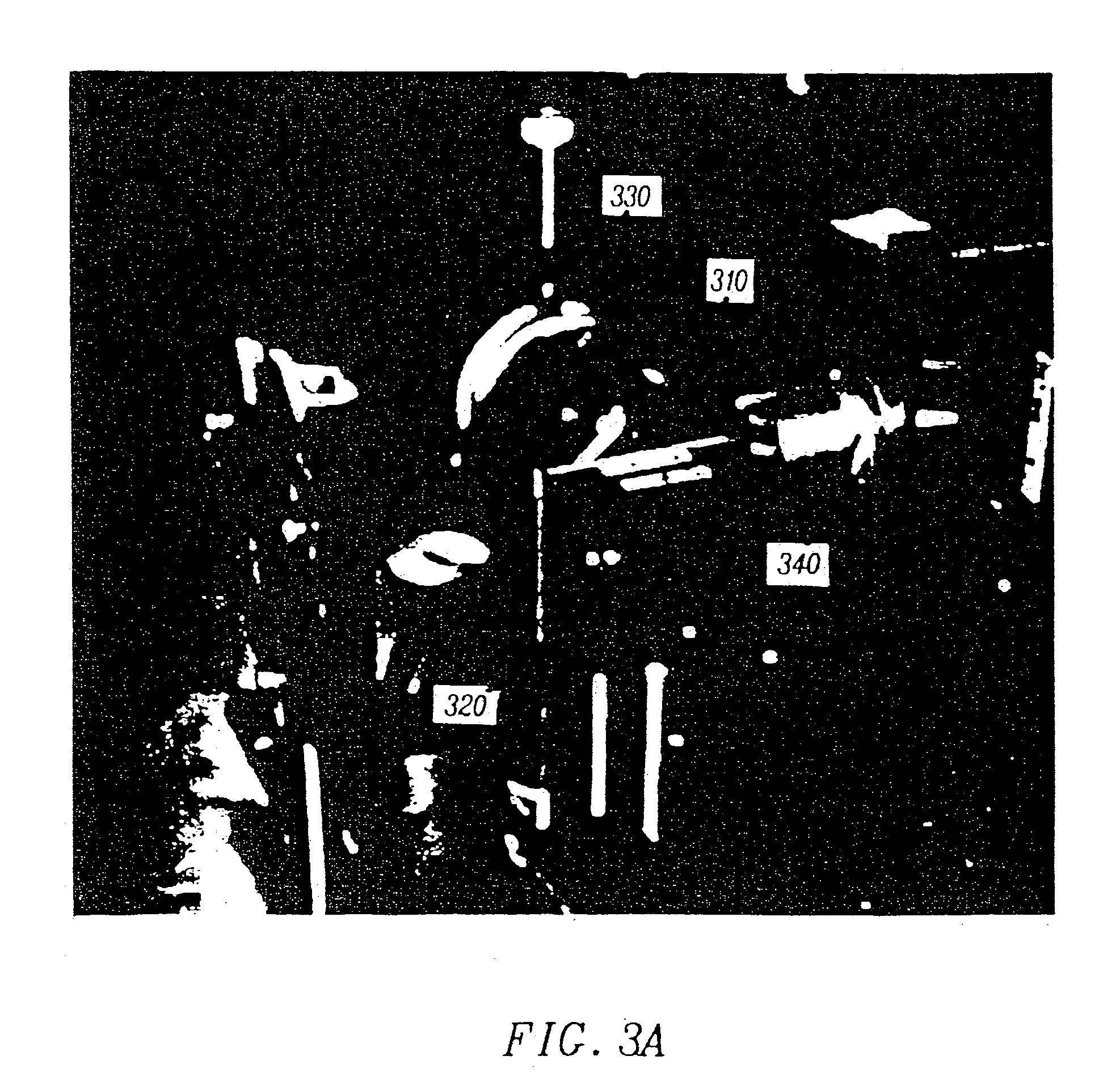Spatially-heterodyned holography
a holographic and spatial heterodyne technology, applied in the field of holography, can solve the problems of inability to reduce, slow analog methods, and inability to use achieve the effect of preventing the use of holography and its variants in many situations, no way to reduce, and no way to redu
- Summary
- Abstract
- Description
- Claims
- Application Information
AI Technical Summary
Benefits of technology
Problems solved by technology
Method used
Image
Examples
example
[0057] A specific embodiment of the present invention will now be further described by the following, nonlimiting example which will serve to illustrate in some detail various features of significance. The example is intended merely to facilitate an understanding of ways in which the present invention may be practiced and to further enable those of skill in the art to practice the present invention. Accordingly, the example should not be construed as limiting the scope of the present invention.
[0058] FIG. 3A is a perspective view of an exemplary "Michelson" geometry for direct-to-digital holography is shown. Laser light is provided to a beamsplitter 310. An object beam from the beamsplitter 310 travels to a semiconductor wafer mount 320 and then to a focusing lens 330. Meanwhile, a reference beam from the beamsplitter 310 travels to a reference beam mirror that is mounted on a piezoelectric reference beam mirror mount 340.
[0059] FIG. 3B is another perspective view of the exemplary r...
PUM
 Login to View More
Login to View More Abstract
Description
Claims
Application Information
 Login to View More
Login to View More - R&D
- Intellectual Property
- Life Sciences
- Materials
- Tech Scout
- Unparalleled Data Quality
- Higher Quality Content
- 60% Fewer Hallucinations
Browse by: Latest US Patents, China's latest patents, Technical Efficacy Thesaurus, Application Domain, Technology Topic, Popular Technical Reports.
© 2025 PatSnap. All rights reserved.Legal|Privacy policy|Modern Slavery Act Transparency Statement|Sitemap|About US| Contact US: help@patsnap.com



